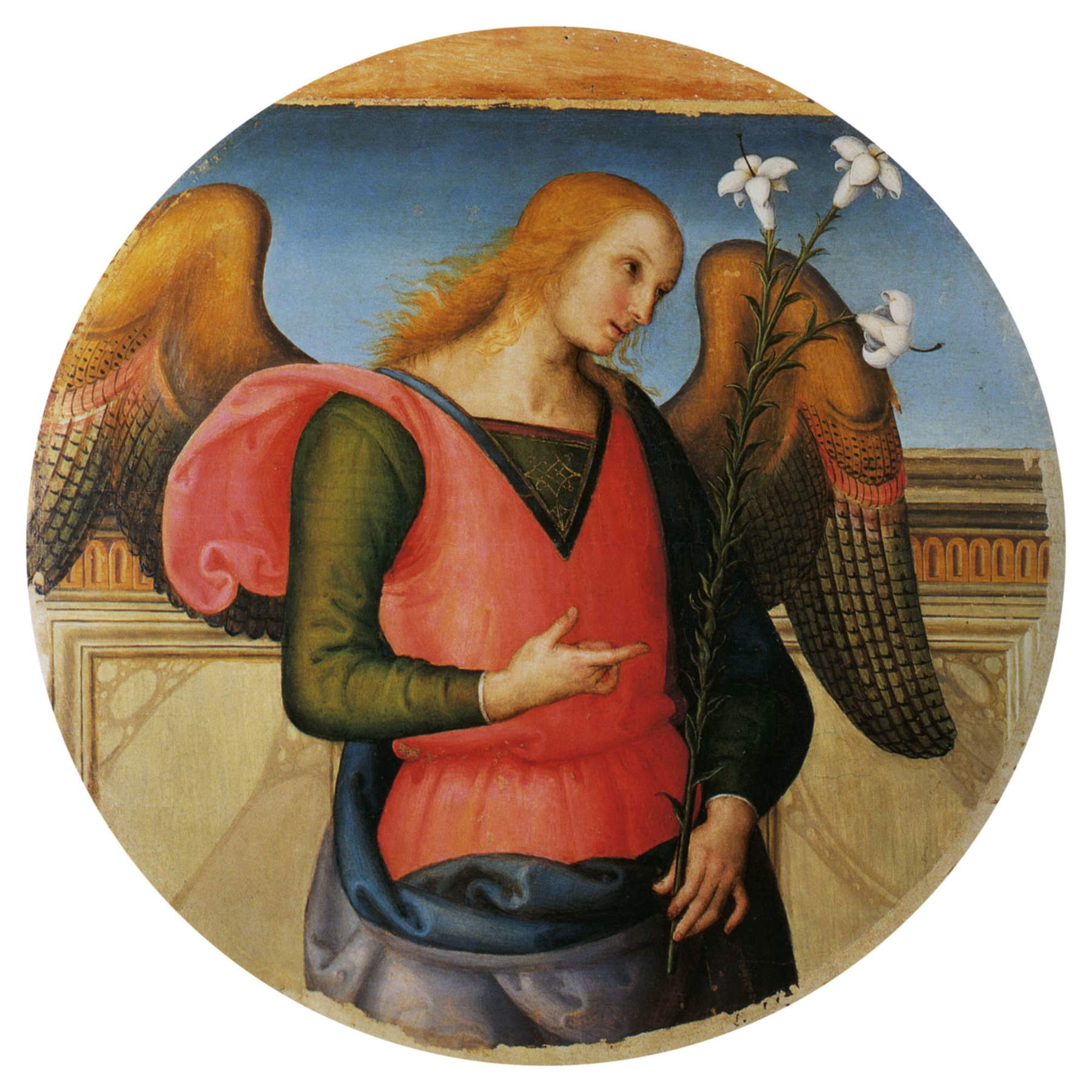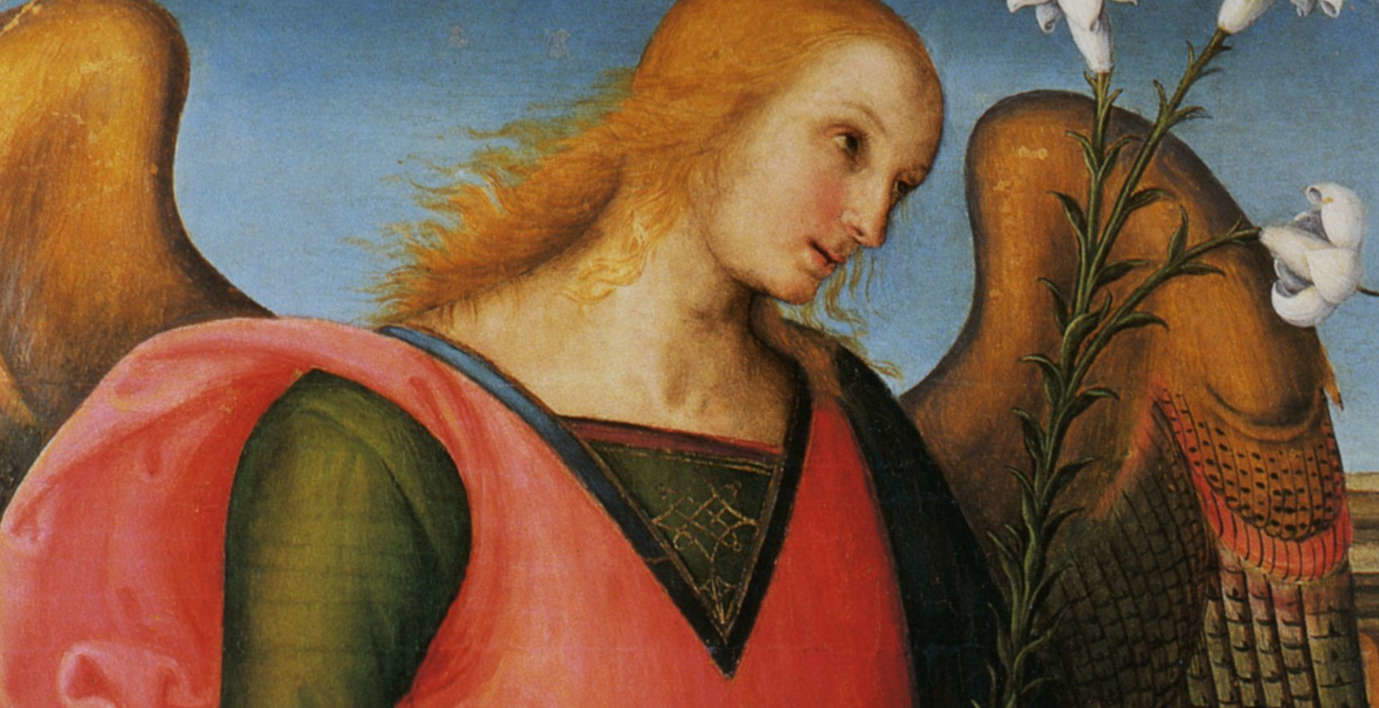From July 8 to Nov. 30, 2025, the city of Agrigento, the Italian Capital of Culture, will host at Villa Aurea the exhibition Treasures of Art from Italy’s National Museums, an exhibition project designed to enhance the richness and dissemination of the artistic heritage preserved in state museums. Promoted by the Region of Sicily and curated by Pierluigi Carofano, the initiative was created within the strategic actions of the General Directorate of Museums of the Ministry of Culture and is supported by a scientific committee made up of museum directors and civil servants, who contributed to the selection of the works, the drafting of the catalog and the overall organization of the event.
The curatorial structure is based on a principle that is as simple as it is effective: one work of art for each of Italy’s twenty regions. In this way, the exhibition builds an itinerary that ideally crosses the entire Peninsula, offering the public a panorama that brings together well-known masterpieces, usually displayed in permanent collections, and lesser-known works, often kept in museum deposits and rarely seen. The intent is to return to the public not only the artistic excellence of each region, but also the complexity and articulation of the national cultural fabric.
The exhibition itinerary, designed as a mosaic of visual experiences, spans five centuries of Italian art history, from the 15th century to the 20th century. The works on display include 15th-century paintings by the Master of Castel Sardo and Antonello da Messina, works from the height of the Renaissance such as those by Perugino, Raphael, Sebastiano del Piombo, Pordenone and Andrea Previtali, and up to the 17th century by Tanzio da Varallo, Sassoferrato and Ludovico Carracci. Ample space is also devoted to Baroque painting, with works by Giovanni Baglione, Luca Giordano, Francesco Fracanzano, Mattia Preti and Valerio Castello. The 18th century is represented by artists such as Pompeo Batoni, Nicola Maria Rossi and Paul Troger, while the 19th century finds voice in the realism of Filippo Palizzi. The twentieth century is evoked through the pictorial restlessness of Carlo Levi.

The selection criterion adopted by the scientific committee sought a balance between methodological rigor and a curatorial sensibility capable of capturing the symbolic implications of the works. In addition to artistic quality, an attempt was made to identify works capable of recounting a strong link with the territory of origin, thus reconstructing a cultural geography that overlaps with the administrative one, in which museums become witnesses of a collective and deep-rooted memory.
Treasures of Art from Italy’s National Museums is also an opportunity to reflect on the strategic role of museum repositories, often considered only as conservation spaces. In fact, the exhibition is part of a line of intervention already traced by the General Directorate for Museums to promote greater accessibility and visibility of works that, while remaining outside the main exhibition routes, represent a cultural resource of great potential.
The selected works thus become storytelling tools of the very formation of Italian museums. They reflect the evolution of public collecting, protection policies and cultural choices that helped build the identity of institutions that today continue to represent, even symbolically, the cultural foundations of the nation. In filigree, the exhibition also recounts another journey: the one taken by works of art to reach museums, between acquisitions, donations, discoveries and restorations, up to their new role as active elements in the enhancement of the territory.
The exhibition takes on a broader function: to demonstrate the ability of the national museum system to work as a network, overcoming the traditional distinction between major centers and peripheral institutes. From the best-known museums to the lesser-visited ones, the entire state museum system participates in the construction of a shared narrative that returns a choral and multifaceted image of Italy’s heritage.
 |
| One work from each region of Italy in Agrigento for the Italian capital of culture |
Warning: the translation into English of the original Italian article was created using automatic tools. We undertake to review all articles, but we do not guarantee the total absence of inaccuracies in the translation due to the program. You can find the original by clicking on the ITA button. If you find any mistake,please contact us.